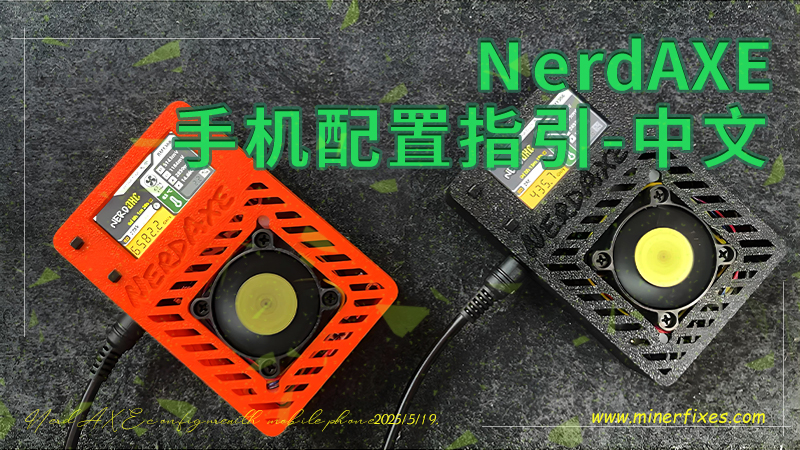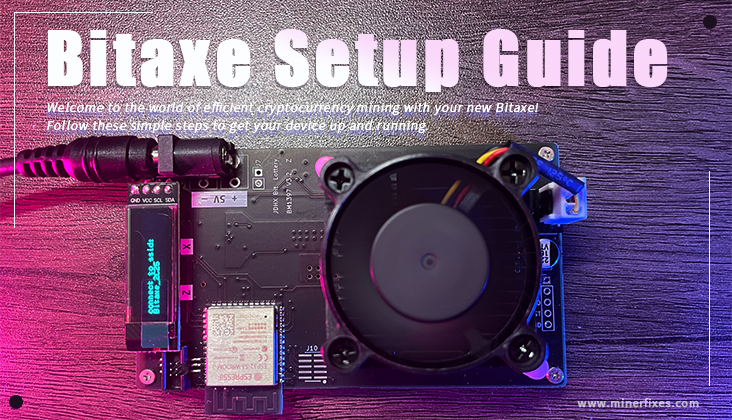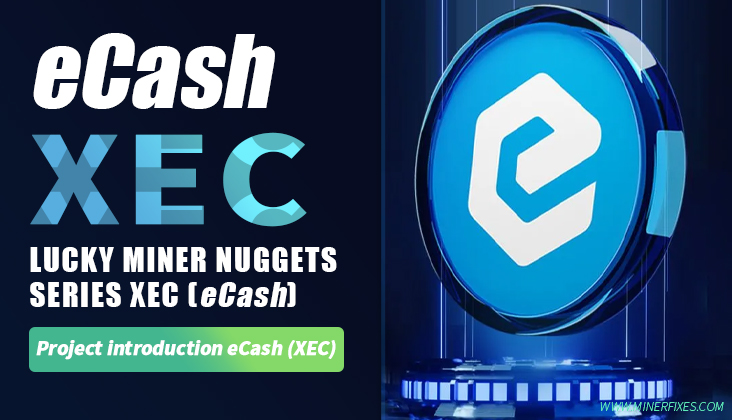2025-11-01 15:11
What Is SOLO Mining? Why Is It Called “Lottery-Style”?
This article mainly explains what Solo mining is and why it is also called the lottery mode.
Read More >>
 89344.99USD
89344.99USD 80.05USD
80.05USD 2.0USD
2.0USD 0.14USD
0.14USD 3091.46USD
3091.46USD 12.94USD
12.94USD 889.05USD
889.05USD 131.26USD
131.26USD 0.13USD
0.13USD 0.05USD
0.05USD 0.12USD
0.12USD
 Favorites
Favorites History
History


















